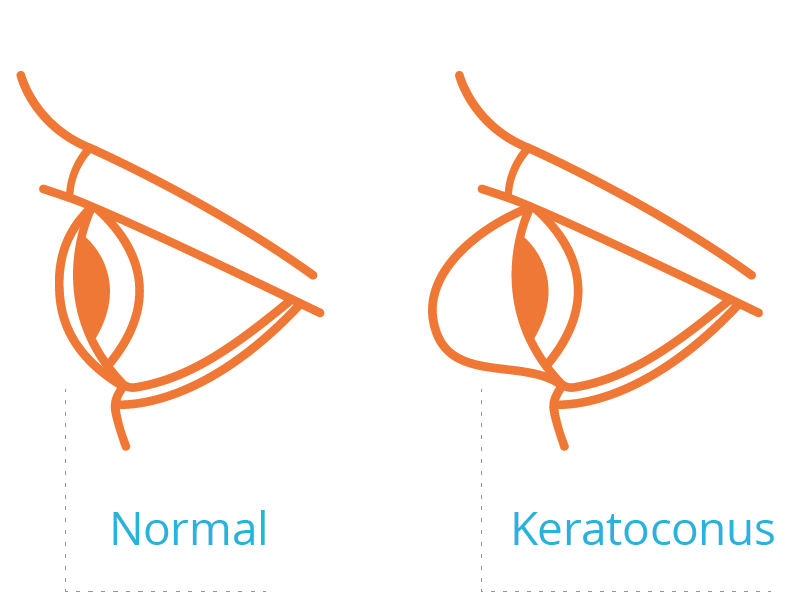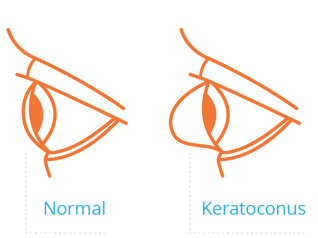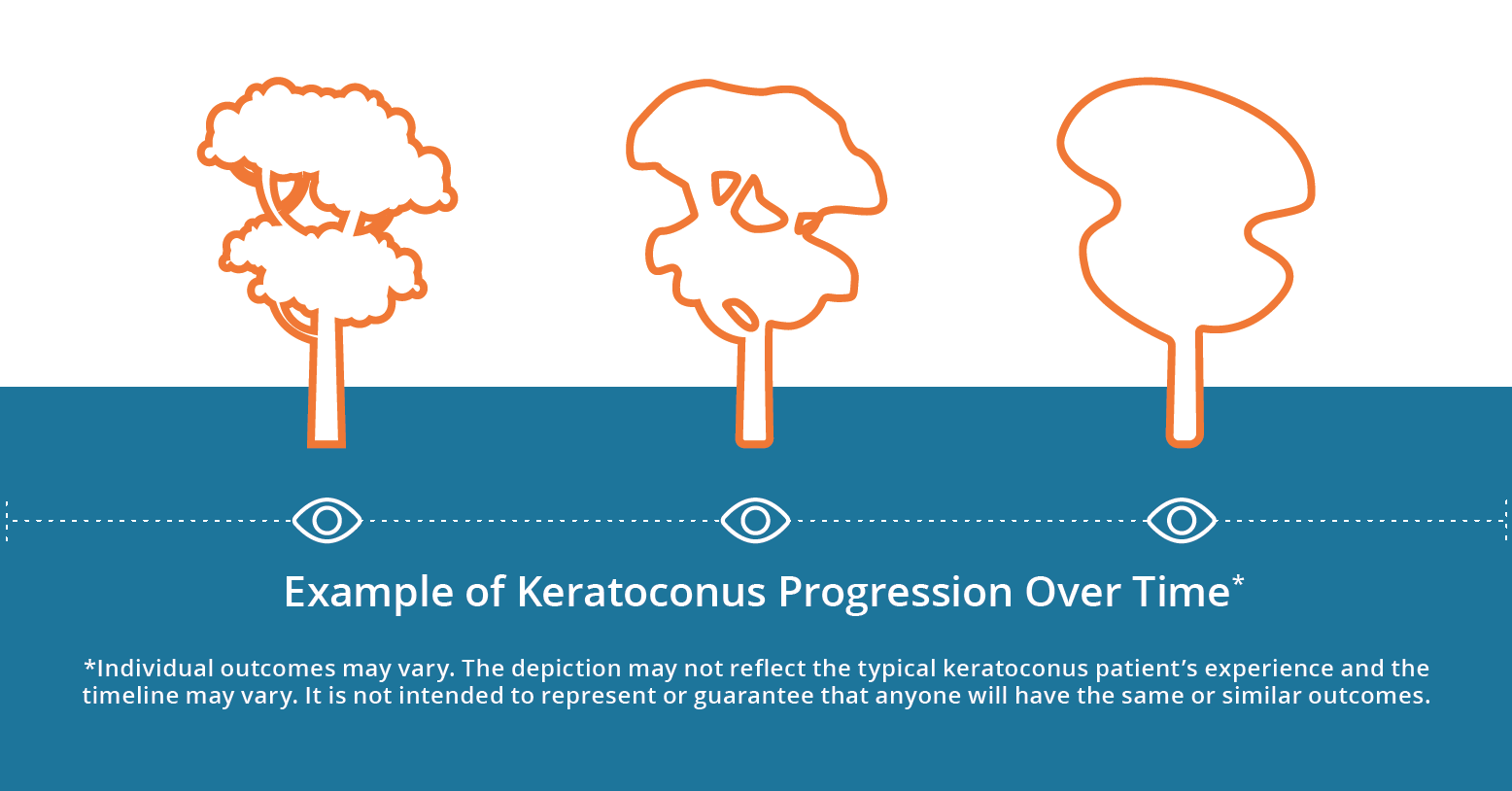Corneal Crosslinking Slows Keratoconus and May Improve Vision
A three-year study of 50 patients aged between 13 and 30, who were treated for keratoconus at IMO in Barcelona with the technique known as...


Keratoconus or “KC” is a non-inflammatory eye condition in which the normally round dome-shaped cornea progressively thins causing a cone-like bulge to develop. This results in significant visual impairment.
Keratoconus affects both genders although it's unclear whether significant differences exist between males and females. The disease is also found in all ethnic groups with some studies showing higher incidence rates among Asian populations in particular.
Keratoconus is estimated to occur in 1 out of every 2000 people in the US population.
The signs of keratoconus usually first appear in the late teens and early twenties. Signs include:
While the exact cause of keratoconus is unknown, it is believed that genetics, the environment and the endocrine system all play a role. In fact, approximately 10% of patients have affected relatives.
KC is a progressive condition that worsens over time, so early diagnosis is critical.

Not long ago, a diagnosis of progressive keratoconus left patients with few treatment options.Today, Glaukos' iLink procedure with Photrexa® Viscous (riboflavin 5’-phosphate in 20% dextran ophthalmic solution), Photrexa® (riboflavin 5’-phosphate ophthalmic solution), and KXL® system are FDA-approved and provide patients with a one-time, minimally invasive therapeutic treatment to limit the progression of their condition.
Treatment options for keratoconus include eyeglasses or soft contact lenses, rigid gas permeable contact lenses, scleral contact lenses, intracorneal ring segment implants, corneal cross-linking or corneal transplant surgery.
Corneal Cross-Linking is a minimally invasive outpatient procedure using riboflavin (Vitamin B2) eye drops plus UVA light that will slow the progress of keratoconus. The procedure works by activating riboflavin eye drops with UVA light to create additional cross-link bonds in the cornea, making the cornea stiffer.
Corneal Cross-Linking does not restore visual function that has already been lost and does not eliminate the need for glasses or contact lenses. Patients may experience haze, inflammation, fine white lines, eye pain, decreased and/or blurred vision.
If you think you may have keratoconus, make an appointment with your eye doctor for a complete eye exam, or contact us for an appointment.

A three-year study of 50 patients aged between 13 and 30, who were treated for keratoconus at IMO in Barcelona with the technique known as...

With the upcoming summer days approaching, it’s hard to keep the kids still. When my little ones get a little tiresome and cranky, my husband probes...

Clean, healthy air is a key component to clear vision. However, the connection between air quality and eye health is often overlooked. Dirty, musty,...